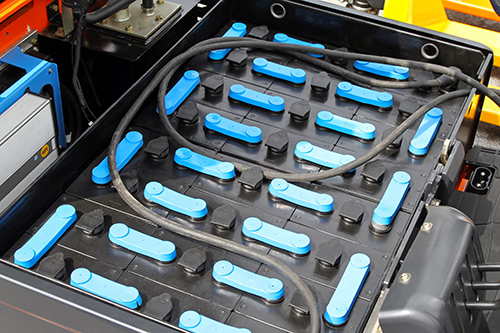

- Contributions by industrial experts with engineers in mind
- Focused on specialty-chemical material applications and selection
Knowledge Center
Lubricants In-Depth: Silicone Compounds

Silicone Lubricating Compounds
Silicone lubricating compounds are designed to provide friction reduction in particular applications and environments.
Silicone lubricating compounds are designed to provide friction reduction in particular applications and environments. They reduce friction as all lubricants do - by filling in gaps and creating a more uniform surface at a microscopic level. However, silicone lubricants don't provide the best lubrication for dynamic systems (where two surfaces are sliding past each other) so they are mostly used for specific, usually static, systems like o-rings, electrical connections and mold-release.
What are Silicone Compounds?
Silicone compounds are made of silicone fluid, also known as polydimethylsiloxane (PDMS) and silica filler. These can be combined with thickeners or additives to suit particular applications. Compounds can have varying viscosities, but generally appear as a grease-like white paste. They are compatible with a number of surfaces like metal and plastic, and can be used as a sealant as well as a lubricant even under vacuum.
Advantages of Silicone Lubricating Compounds
Silicone lubricating compounds have unique properties that make them perfectly suited to their applications. Silicone compounds are extremely heat resistant and many can retain their properties in temperatures up to 200C or 230C. Some formulations are approved for use down to -50C as well. Aside from their wide temperature range, silicone compounds are highly dielectric - resisting the flow of electricity even under high-current. Finally, these compounds offer excellent resistance to a number of chemicals including water and oils.
How are silicone lubrication compounds used?
Silicone compounds are used in a number of specific applications.
- O-Ring Lubrication - Silicone compounds are frequently used for o-ring installation and operation to prevent damage. They also act as a sealant, and provide protection from environmental contaminants like moisture. Silicone won't swell rubber o-rings except those made of silicone rubber, so the seals are kept within size and shape specifications.
- Electrical Connections - Silicones make excellent dielectric insulators, so they can be used in high-voltage applications to lubricate during installation and as a sealant against moisture contamination. Because they can withstand high temperatures they find frequent use in ignition systems and disconnect switches.
- Release Agents - Compounds can be used as release agents because they provide a low-friction surface, and are compatible with a number of molding surfaces like plastic and metals. They are used with tire press bladders and foundry moulding, among others.
Silicone's unique properties make it useful for a number of other applications. Silicone lubricants are used as a sealant for ground glass connections in laboratory equipment. Special formulations can also be filled with thermally conductive materials for use in heat-sink applications. Silicone compounds are generally nontoxic and many are certified under NSF 51 for food equipment materials and NSF 61 for drinking water system components






